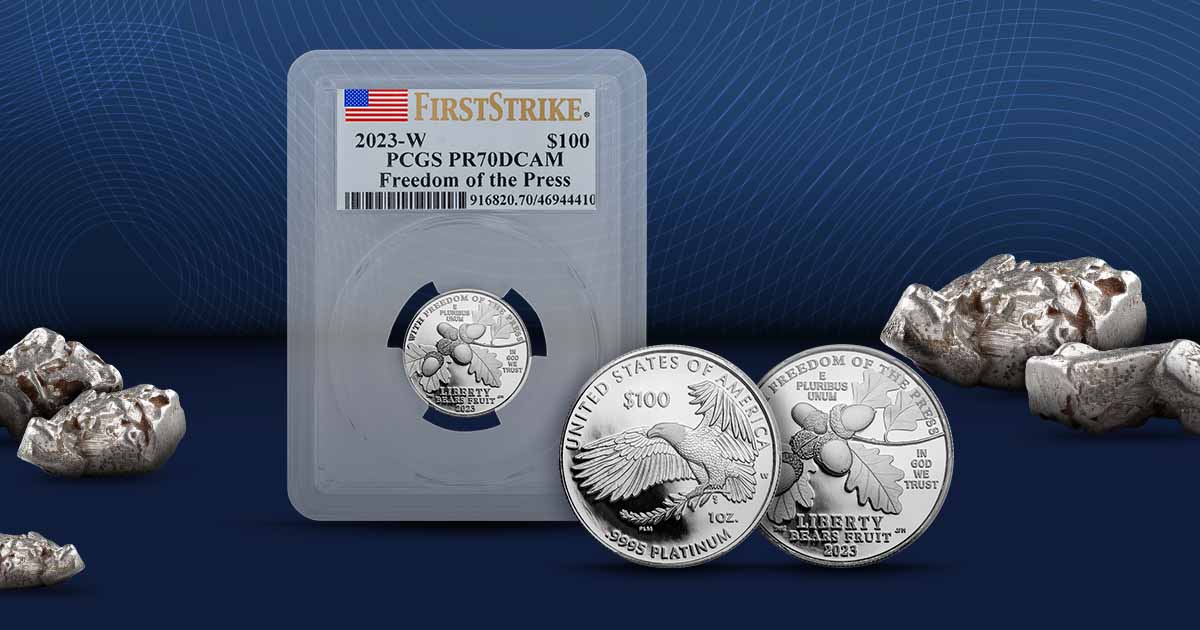
Why do thieves target catalytic converters? The catalytic converter is one of the most valuable parts of your car. Have you ever wondered how much precious metal a catalytic converter uses?
While the amount of platinum varies and may depend on the size of your vehicle, you can usually find between three and seven grams of platinum in your catalytic converter.
Are Any Other Precious Metals Used in Catalytic Converters?
Platinum is not the only precious metal in your catalytic converter.
Palladium and rhodium, both platinum group metals, are also necessary for the converter to work. These metals are found in smaller amounts than platinum, but the average one to two grams of rhodium they contain is still valuable.
What is a Catalytic Converter?
Catalytic converters are the metallic box between your engine and tailpipe. They function to reduce the emissions of your engine exhaust. More specifically, your catalytic converter reduces the concentration of carbon monoxide your vehicle expels.
They use a catalyst coated on a ceramic honeycomb or beads within a chamber. This catalyst transforms the atomic structure of carbon monoxide and hydrocarbons into carbon dioxide and water.
If you did not have one, you would face performance issues like reduced mileage, rattling sounds from your exhaust, a sulfuric smell like rotten eggs, and much darker exhaust fumes.
You could also face a ticket from your local police station since driving without a catalytic converter is illegal. The 1990 Clean Air Act prohibits the removal and replacement of catalytic converters.
Why is Platinum Used in Catalytic Converters?
It might seem strange to use metal as valuable as platinum for one of the least glorious functions of your car, but platinum is perfect for this. Catalytic converters rely on platinum’s efficiency in speeding up the chemical reaction that converts exhaust to less dangerous gases.
Platinum is especially effective in oxidizing carbon monoxide and hydrocarbons in oxygen-excessive environments or conditions. The catalyst of the catalytic converter reorganizes the molecular structure of carbon monoxide and hydrocarbons so that carbon dioxide and water escape the tailpipe.




